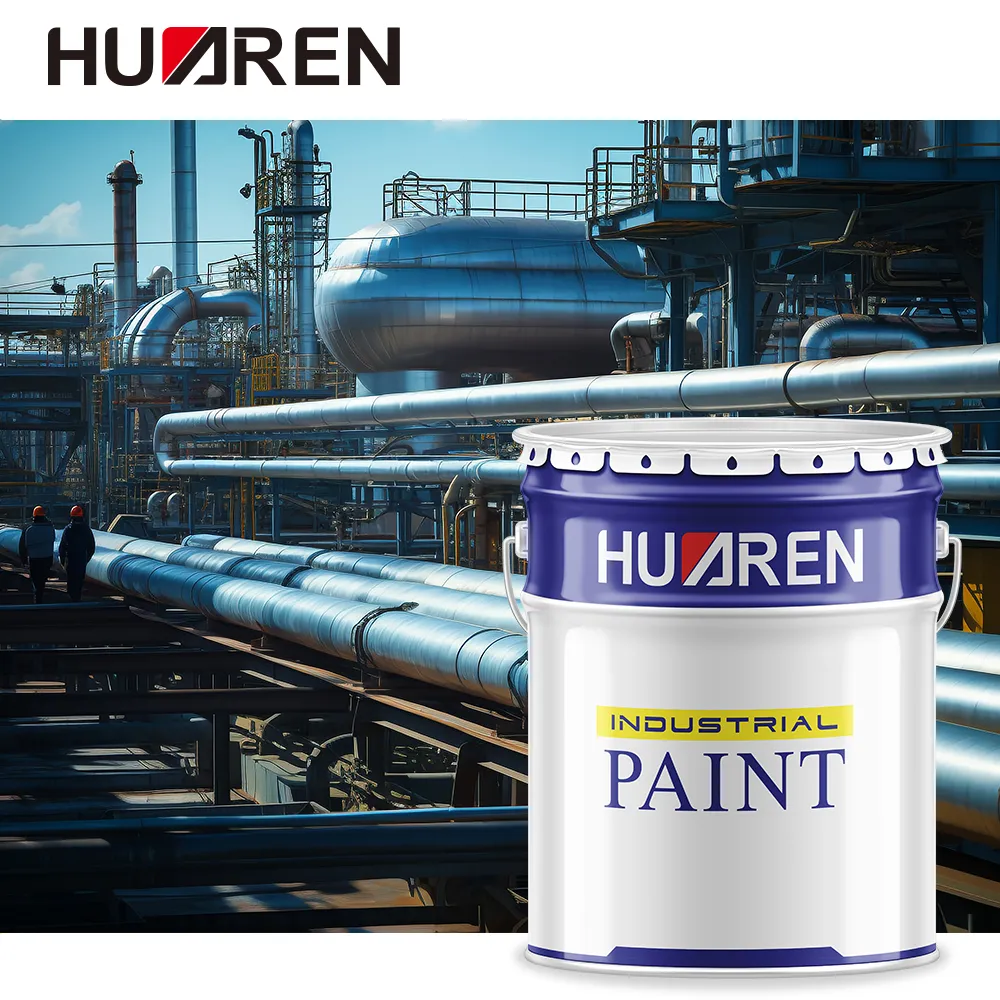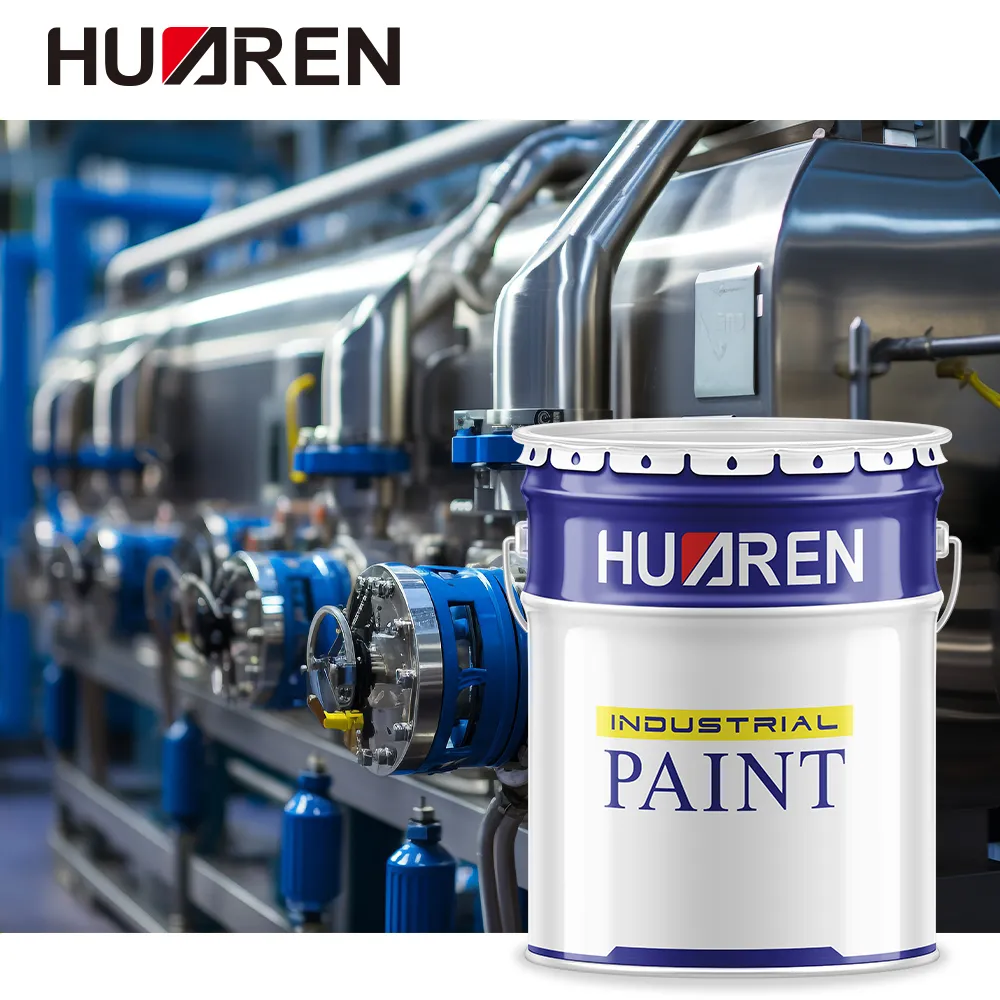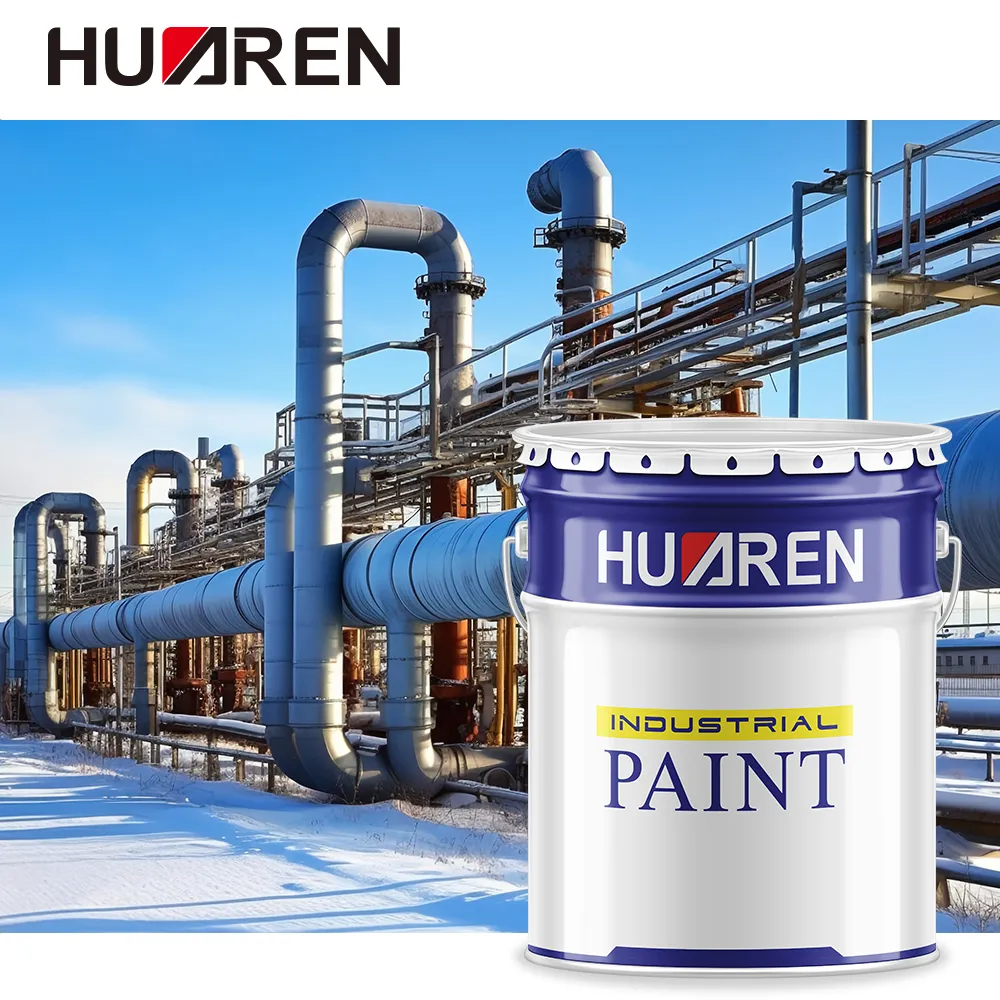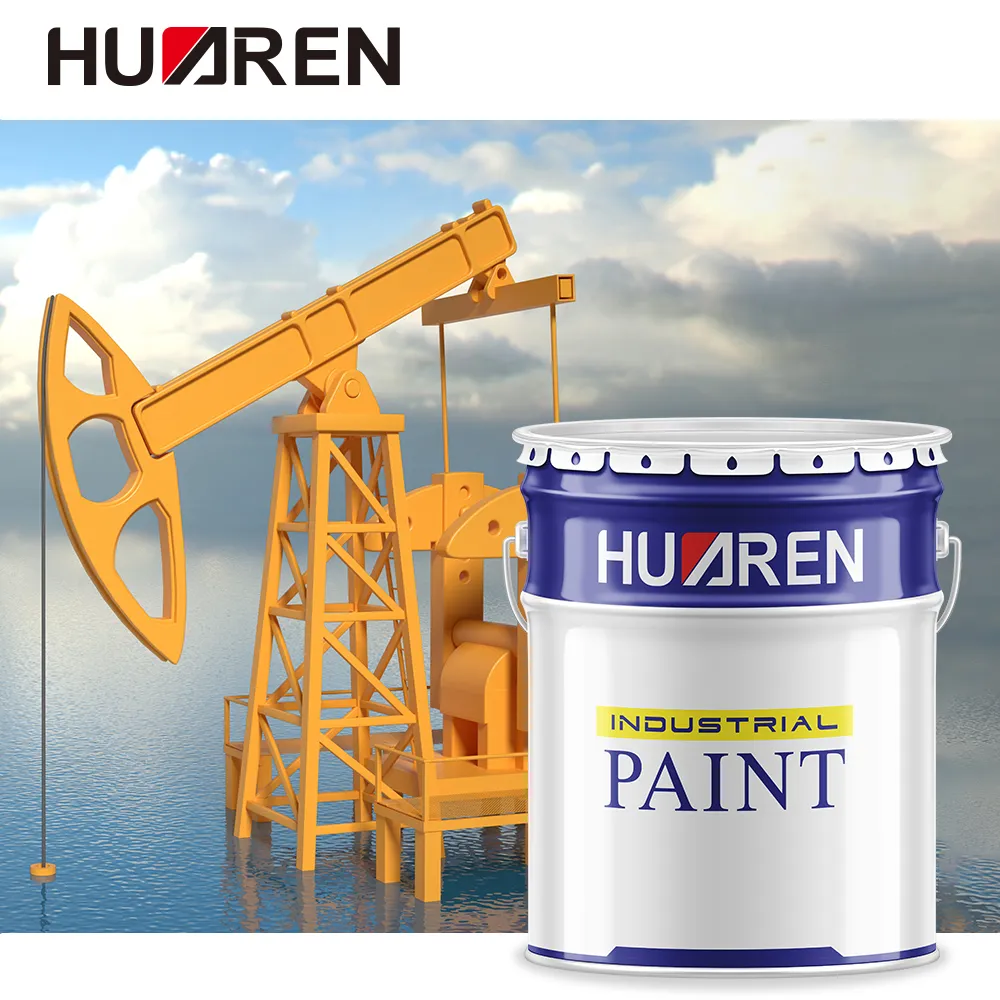Fire retardant coating is a special coating material that can delay the spread of flames when a fire occurs. Its main function is to protect the substrate (such as steel structure, wood, concrete, etc.) from the direct damage of the high temperature of the flame, thereby improving the fire resistance of the building or facility. In modern buildings, fire retardant coating is more and more widely used, especially in public places, industrial buildings and residential buildings with high fire protection requirements. Fire retardant paint has become an important safety barrier.
Although both fire retardant coating and fire retardant paint are designed to enhance the fire resistance of materials, they have significant differences in working mechanism, scope of application and protective effect. This article will explore in detail what fire retardant coating is and how it differs from fire retardant paint to help readers better understand the application and advantages of these two types of products.

What is fire retardant coating?
Fire retardant paint is a coating specially designed to reduce or delay the damage of fire to buildings and structures. Its main function is to prevent the substrate from quickly losing its load-bearing capacity or structural integrity when encountering a fire by means of insulation, expansion or absorption of heat. There are many types of fire retardant coatings, which can be divided into the following categories according to their application scenarios and substrates:
1. Intumescent fire retardant coating
Intumescent fire retardant coating is a common type of fire retardant coating. Its main feature is that when it encounters high temperature, the coating will expand rapidly to form a dense carbonized protective layer. This carbonized layer can not only prevent direct contact with the flame, but also effectively insulate, delay the temperature rise of the substrate, and extend the fire resistance time of the structure. Intumescent fire retardant coating is widely used in steel structures, wooden structures and other fields, especially for buildings that need to be exposed to high temperature environments for a long time.
2. Non-intumescent fire retardant coating
Unlike intumescent coatings, non-intumescent fire retardant coatings do not undergo significant volume changes at high temperatures, but rely on the fire resistance and heat insulation of the coating to protect the substrate. This type of coating is generally thick and heavy, and is mostly used for fire protection of structural materials such as concrete. Its main advantage is that it is easy to construct and can provide a higher fire resistance level, but its relatively low aesthetics.
3. Fire retardant coating for steel structures
Although steel is widely used in construction, its mechanical properties will drop rapidly at high temperatures, resulting in a significant reduction in its load-bearing capacity. Fire retardant coating for steel structures forms an insulating layer to prevent direct contact with flames, slow down the temperature rise of steel, ensure that the building can maintain structural stability in the early stages of a fire, and buy time for rescue and evacuation.
4. Fire retardant coating for wood
Wood is highly flammable, so it is particularly necessary to treat it with fire retardant. Fire retardant coating for wood reduces the speed of flame propagation and the flammability of wood by forming an isolation layer on the surface of wood. This type of coating is often used in wooden structures, furniture, decoration and other fields to ensure that these combustible materials do not burn quickly in a fire.

How does fire retardant paint work?
The working principle of fire retardant paint is mainly to delay the spread of fire or minimize the damage to the substrate by fire through physical and chemical reactions. Its core mechanisms include the following:
· Heat insulation: Fire retardant coating can form an effective heat insulation layer between the substrate and the fire source, reducing the direct heat conduction of the flame to the substrate. Intumescent coatings will form a thick foam or carbonized layer at high temperatures, effectively reducing the transfer of heat.
· Endothermic decomposition: Some fire retardant paints will undergo endothermic decomposition reactions at high temperatures, absorbing part of the heat generated by the flame, reducing the combustion energy of the flame, and inhibiting the spread of the fire.
· Oxygen isolation protection: Flames cannot burn without oxygen. Fire retardant paints seal the surface of the substrate and isolate oxygen in the air, preventing the flame from spreading further.
What are the application scenarios of fire retardant paint?
Fire retardant paint is widely used in buildings and facilities that require fire protection. Its common application scenarios include:
· High-rise buildings: The fire resistance of steel and concrete structures in high-rise buildings is crucial, and fire retardant paint can delay the structural collapse of buildings in fires.
· Public places: Public places with dense crowds, such as theaters, shopping malls, and hospitals, must have higher fire protection requirements. Fire retardant coating reduces the spread of fire and ensures safe evacuation of personnel.
·Industrial plants: In industrial environments such as chemical plants and power plants, fire retardant paint is used to protect equipment and pipelines that store flammable and explosive materials to prevent fires from causing large-scale accidents.
·Transportation facilities: Fire protection in closed transportation facilities such as tunnels and subway stations is particularly important. Fire retardant coating can improve the fire resistance of these structures and ensure that there is enough time for emergency response when a fire occurs.

How is fire retardant paint applied?
The construction requirements of fire retardant paint are more stringent than those of ordinary paints, and the following construction methods are generally used:
·Spraying method: commonly used for large-area steel structures or pipeline coatings, with high efficiency and uniform thickness.
·Brushing method: suitable for small areas with complex shapes, easy to operate manually.
·Roller coating method: suitable for areas with larger planes, with controllable thickness but not suitable for parts with complex structures.
At the same time, the following key steps must be performed before and after construction:
·Substrate surface treatment: remove rust, oil stains, floating dust, and improve adhesion.
·Primer matching: Some fire retardant coatings need to be used with special primers to prevent penetration and delamination.
·Thickness control: Coating thickness directly affects the fire resistance time, and construction must be strictly in accordance with product instructions or design requirements.
·Curation and drying time: Organic fire retardant paint usually needs to be dried for more than 24 hours at 20°C before it can work.
What are the performance testing standards for fire retardant paint?
The performance of fire retardant paint must pass strict standard tests before it can be used in engineering. Commonly used testing indicators include:
·Fire Resistance Time: The unit is hours (h), which refers to the longest period that the coating can withstand to maintain the stability of the substrate.
·Coating thickness: Different types of coatings require different coating thicknesses, which are often linked to the designed fire resistance time.
·Adhesion: Indicates whether the coating will peel off due to thermal expansion and contraction, and is tested using the cross-cutting method, pull-off method, etc.
· Combustion performance level: such as A, B1, B2 levels in GB8624, representing its performance in ignition, flame spread, etc.
In addition, there are special tests for toxicity release, expansion multiples, drying time and other projects to ensure the safe performance of the coating in the fire scene.

Fire protection level and standard specification system
The building fire protection code has clear requirements for the fire resistance limit of structures with different uses. The common standards are as follows:
| Building components | Minimum fire resistance limit (hours) | Recommended fire retardant coating types |
| Steel beams, steel columns | 1.5 ~ 3.0 h | Intumescent fire retardant coating |
| Concrete slabs | 1.0 ~ 2.5 h | Thick fire retardant coating |
| Wooden components | 0.5 ~ 1.5 h | Organic flame retardant coating |
| Cable channels | 1.0 ~ 2.0 h | Special flame retardant paint for cables |
All products must be tested by authoritative agencies and issue qualified reports before they can enter the market circulation and project use links.
Since 1994, our factory has specialized in producing and exporting over 20,000 tons of industrial paints yearly, using 30 dedicated production lines. From corrosion-resistant solutions to eco-friendly water-based coatings, our products serve construction, steel, marine, and plastic industries worldwide.
We offer low prices, factory quotes, and fast global delivery. If you're looking to buy wholesale or place customized orders with a reputable brand, Huaren Chemical is your best partner for sourcing coatings from China.

